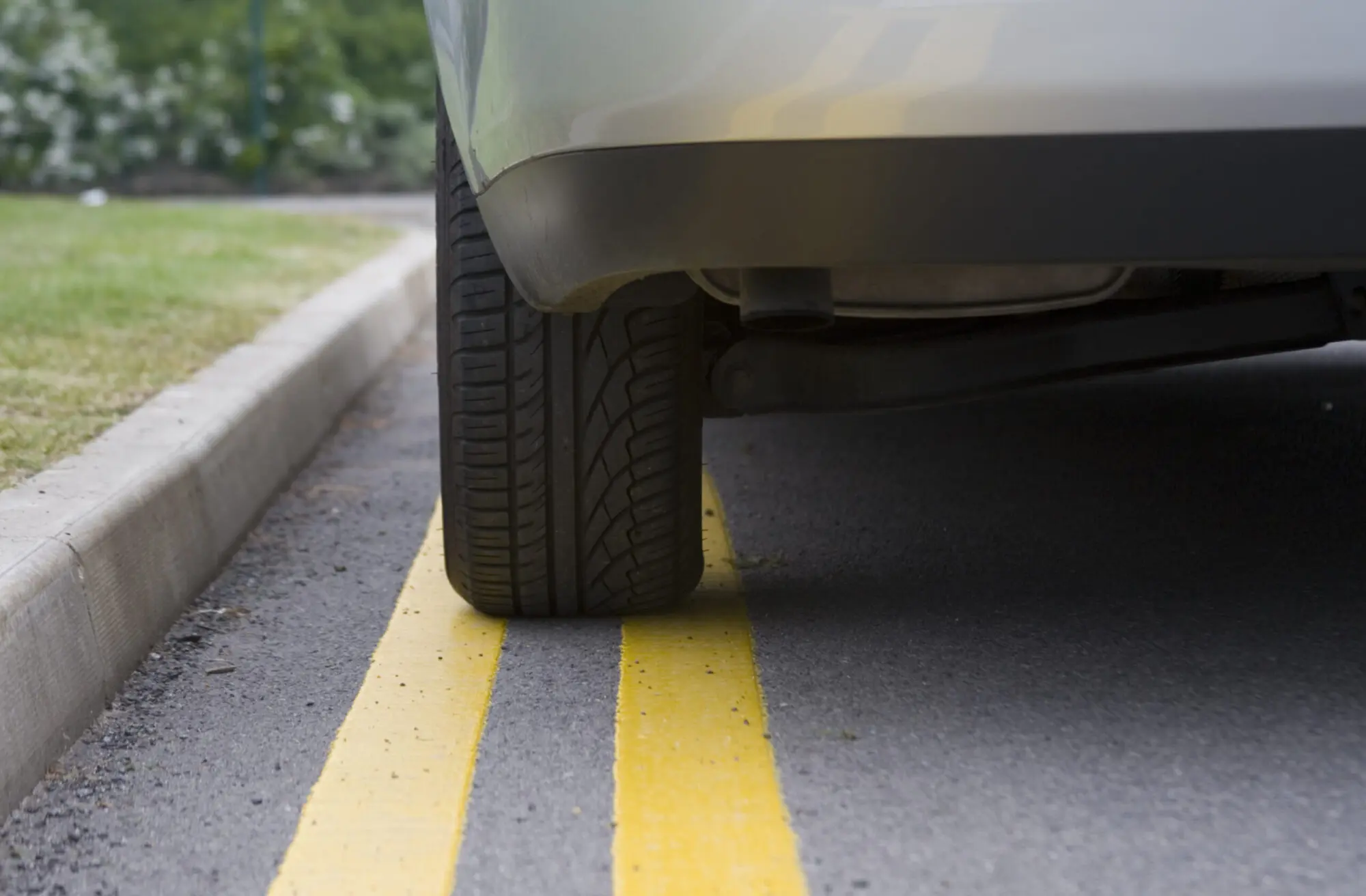
Van Driver Toolkit – Safe Parking
Did you know?
- Drivers face a non-endorsable fixed penalty of £50–£100 for causing an unnecessary obstruction by parking opposite or within 10 metres (32 feet) of a junction.
- The average motorist in the UK spends nearly 4 days every year looking for parking spaces.
- Parking lights must be used during the night on a road or layby on a highway with a speed limit higher than 30mph.
A single yellow line – either painted on the road or on the kerb – means no waiting, parking, loading, or unloading at the times shown on the accompanying sign. A double yellow line
